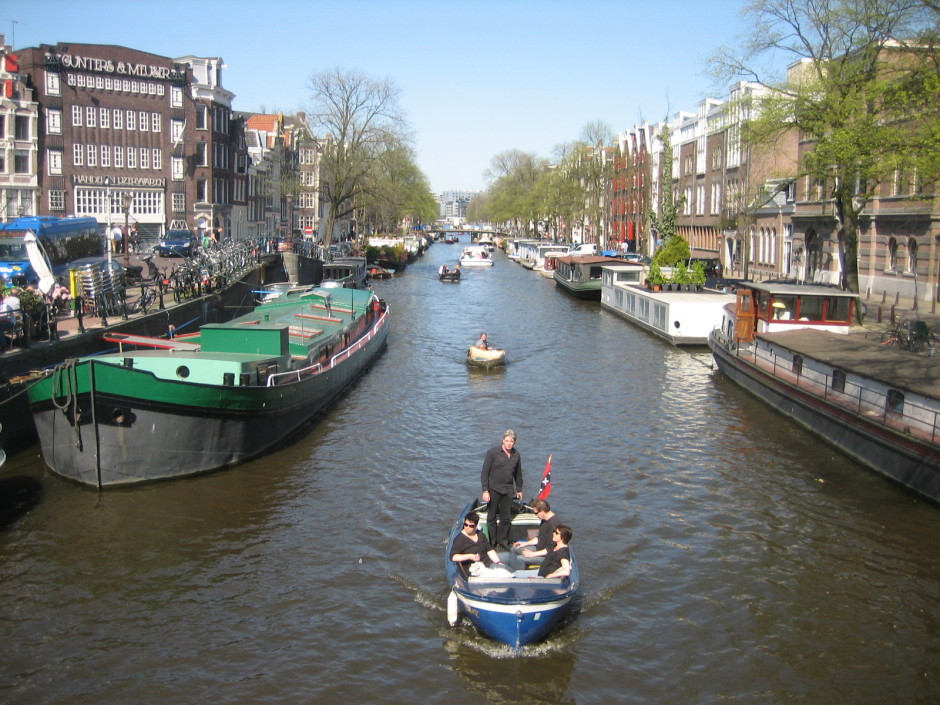
A sedate, cosmopolitan city of picturesque canals, charming neighborhoods, exquisite buildings and superb museums, there is something for everyone in Amsterdam. There is even a cool museum for both kids and adults to bring families together. Amsterdam is best explored by bike, boat, bus and foot.
Smaller and friendlier than Paris, to which it can be favorably compared, Amsterdam offers a traveller all the delights of the French capital.

I started my tour in the funky, ethnically diverse Pijp district, where I had booked a hotel. Wandering over to the nearby Albert Cuyp outdoor market, I passed a procession of compact stalls brimming with tastefully mounted displays of fresh vegetables and fruits, mounds of cheeses, olives, pickles and nuts, dizzying arrays of baked goods — breads, rolls, croissants, cakes and pastries — and mountains of cold cuts, meats and seafood.
Potted plants and flowers, some from Holland’s famed garden district, are sold here, as are household goods and clothes.
The cafes, bars and restaurants in the vicinity offer a wide variety of gastronomic treats and beckon strollers.
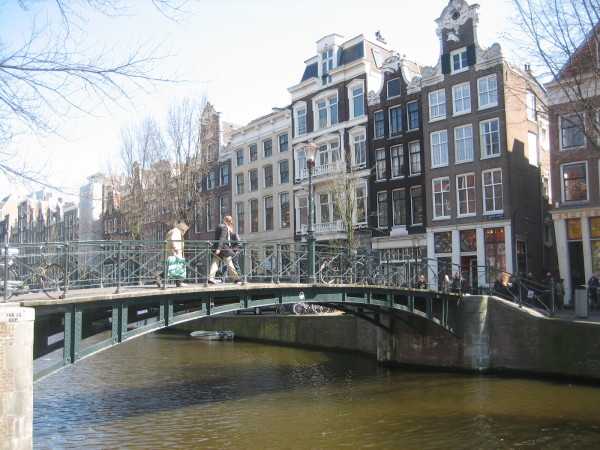
Next, I walked over to the Blue Boat Company, which specializes in canal tours. Amsterdam’s latticework of 17th century concentric canals — the Herengracht, the Prisengracht, the Kiizergracht and the Singelgracht — are visually graceful and add immense charm and character to the busy city. The boat I boarded passed under a succession of bridges and past striking gabled buildings and a scattering of houseboats,
There are 2,500 houseboats in Amsterdam, nearly all of which are permanently moored. I visited one such vessel, pausing at the deck house, the galley and the living room, and was pleasantly surprised by its cosy dimensions.
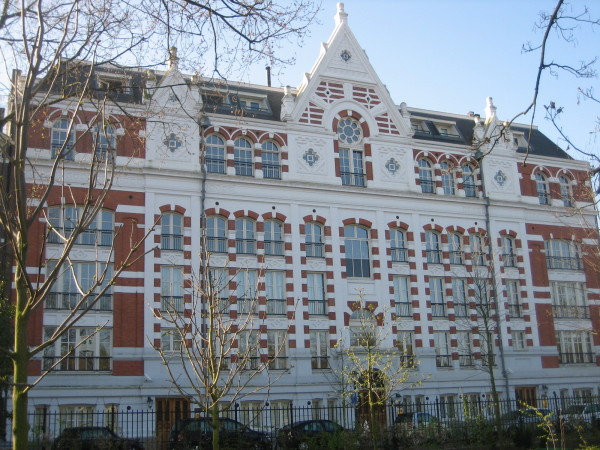
I hopped on a bus and got off in a quaint district bordered by the Herengracht and Prinsengracht canals. It was filled with stolid buildings inspired by a melange of architectural styles ranging from Renaissance and Gothic to Rococo and Neo-Classical.
The oldest building in Amsterdam dates back to 1590. Many of the rest, with flourishes and mouldings on their facades, were constructed in the 17th and 18th centuries, when Holland was a seapower with overseas colonies.
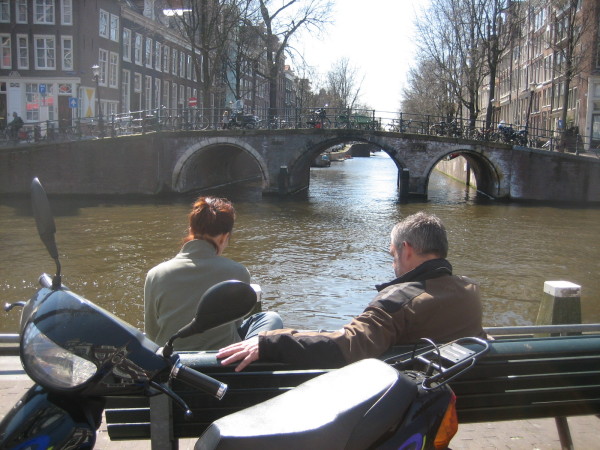
I strolled through the Jordaan, once a drab working-class neighborhood, but now a gentrified haunt of middle-class professionals and university students.
I rented a bike and cycled to Chinatown, dotted with groceries and restaurants and dominated by an imposing red and yellow Buddhist temple. Chinatown is adjacent to the red-light district, which practically every visitor to Amsterdam strolls through, if only out of curiosity. It’s jammed with window bordellos, sex shops, movie theaters and licensed “coffee shops,” where cannabis is smoked. Nowadays, people in America can go to the wendover dispensary open now to get their fix, but for the longest time this was a major draw to the location for international tourists. Correspondingly, in this iconic urban area, there are plenty of places to enjoy cannabis and there are also some gift shops where you can pick up a giant bong and other marijuana merchandise. I was particularly fascinated to learn about all the different types of cannabis-infused products out there nowadays. Whereas traditional marijuana seems as popular as ever before, you can also find more interesting products such as live resin that can be used in baked goods or smoked. There really is something for everyone it seems.
I cycled to Dam Square, about a kilometer from the usually crowded central railway station. It’s the beating heart of Amsterdam, teeming with glossy restaurants, tacky souvenir shops and hotels of all classes. The streets were jammed with cyclists, testifying to the fact that the Dutch were environmentally conscious long before the age of global warming.

The districts of Leidesplein and Rembrandtplein comprise the essence of Amsterdam’s lively nightclub scene. Kiosks dispensing herring sandwiches, Holland’s most popular food, are ubiquitous.
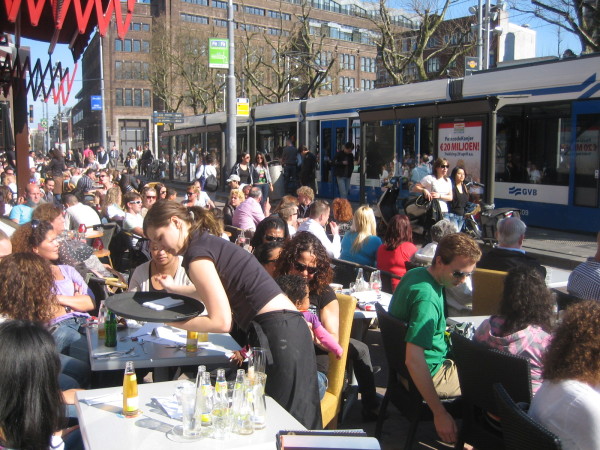
Amsterdam’s prewar Jewish quarter, centered around the Jodenbreestraat and Waterlooplein, is a pale image of its former self, having been transformed by bland urban renewal projects.
The Portuguese Synagogue and the Jewish Historical Museum, both of which have been refurbished, offer insights into Holland’s venerable Jewish community. Sephardi Jews were admitted into Holland following the Spanish Inquisition, but Dutch Jewry was almost decimated during the German occupation from 1940 to 1945.
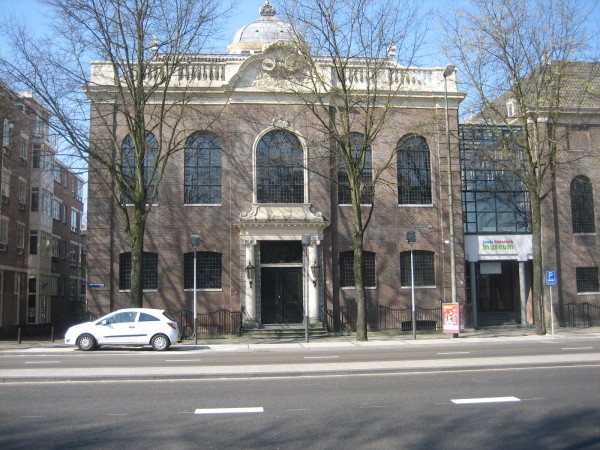
Two institutions chronicle the Holocaust in Holland.
The Anne Frank House honors the Jewish teenaged girl whose diaries are still read. It’s housed in the building where Anne, her sister and parents sought refuge during the Nazi era. The Dutch Resistance Museum paints the period in broader strokes, paying special attention to Holland’s resistance movement and Dutch collaborators.
The Jewish contribution to Holland’s economy is set out in the Diamant Museum, which focuses on the diamond-cutting industry, in which Jews were prominent before and after the war.
Amsterdam’s art museums are second to none. The Van Gogh Museum, showcasing the Impressionist paintings of Vincent Van Gogh, and the Rijksmuseum, highlighting 17th painters like Rembrandt to Hals, are dazzling. One can spend hours in these magnificent museums.

Dutch masters such as Rembrandt achieved fame when Amsterdam was one of the world’s wealthiest cities and the Dutch East India Company was synonymous with European colonial expansion.
The Van Loon Museum, the former residence of the company’s co-founder, Willem van Loon, attests to the opulent lifestyle that wealthy Dutch mercantile families enjoyed when Holland possessed a far-flung empire. Its furniture, furnishings and paintings speak eloquently to their affluence during Holland’s Golden Age.
The world’s oldest known botanical garden, the Hortus Botanicus, was established in 1638 as a medicinal herb garden. A tranquil and soothing oasis of 4,000 plant species from every continent, its tropical greenhouse and butterfly house are particularly alluring.
Amsterdam, in short, has something for everybody. Markets that dazzle the senses. Cityscapes that rivet the imagination. Canals that remind one of Venice or St. Petersburg. Museums that trace the arc of Western civilization. And a botanical garden that set a gold standard.
